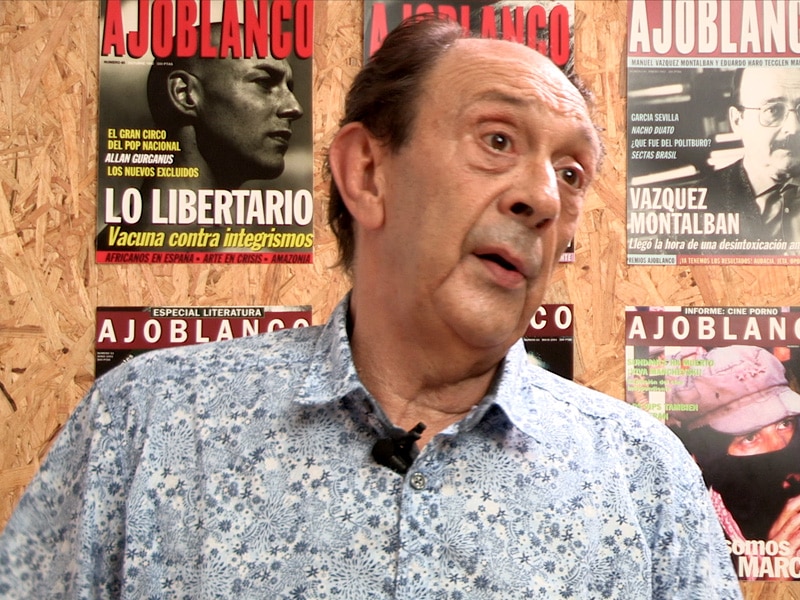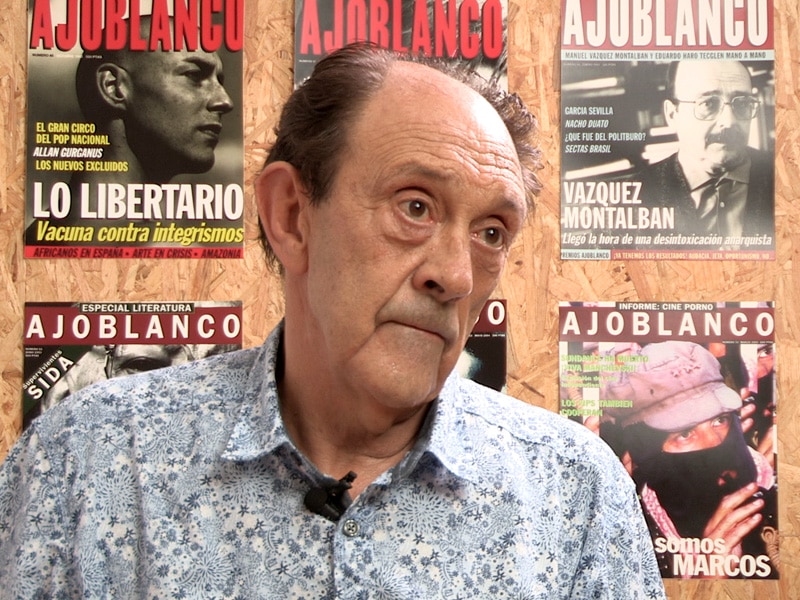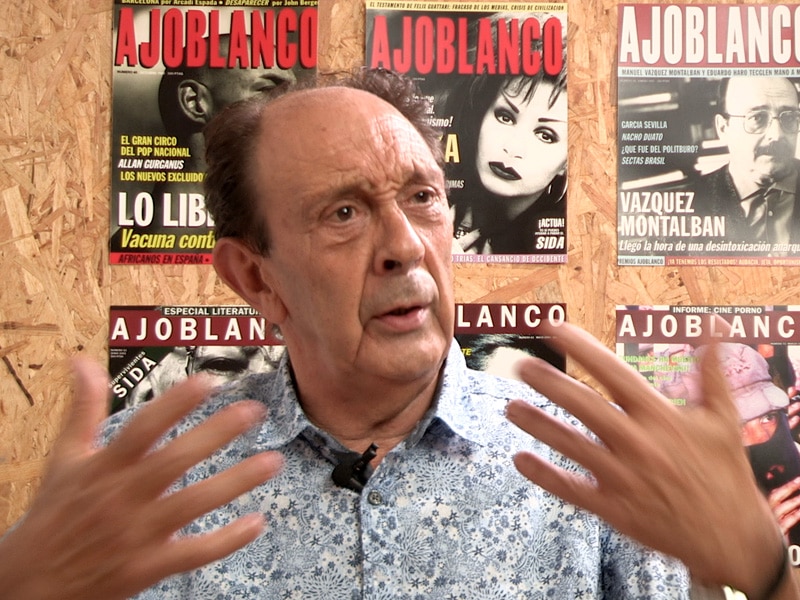Barcelona: Spain's First Industrial Capital



ENGLISH
Those responsible for launching the industrial revolution, in Maresme, in the Llobregat, and Reus, they came to live in Barcelona. And these people, once the city walls were torn down, began planning a great showcase, organized mainly by Mayor Rius y Taulet, and aimed at opening the city to the world.
The Ronda Sant Pere was built. That street was the first home to the industrialists. These are the people who created the trades, spearheading the first phase of the industrial revolution.
This first phase was much more fascinating than the one that followed. It was typified by the creation of small workshops. After Napoleon’s invasion, a plague hit the vineyards. The disastrous phylloxera plague.
And that plague killed the wine business. It had been the dominant business for the big landowners, in towns like Vic, Besalú, Olot, the entire region. So everyone entered the silk worm trade.
This is not in the history books, but I’ve seen it in the family archives. Silk worms were used to sew ships’ sails, since the Bourbon [royals] permitted the Catalans to trade with America.
So the ships leaving Maresme or Tarragona bore silken sails. The small workshops began producing silk, and then cotton. Why cotton? In Llobregat? Because it’s a river that can turn the turbines, a river that flows down. The textile hubs were previously Madrid, Sevilla, and Valladolid, but with the Llobregat, and English turbines the cotton industry took a technological leap, and Catalunya came to the forefront in cotton, followed by wool, mining and more.
CATALAN
Entonces, bueno, vino todo de gente que habia empezado a hacer la revolución industrial en el Maresme, en el Llobregat y en Reus, vinieron a vivir a Barcelona.
Y esa gente, justo se rompen las murallas, y entonces se crea un evento, que lo crea fundamentalmente un gran alcalde que es Rius y Taulet, para abrir la ciudad. Y se hace la Ronda San Pedro, que es la primera calle donde van a empezar a vivir la gente que empieza a crear todas estas industrias en la primera fase de la revolución industrial.
Que es una fase mucho más interesante que la segunda, puesto que a través de pequeños talleres. Bueno, después de la invasión napoleónica, hubo la enfermedad de la vid, una filoxera muy importante, y entonces a través de esta filoxera se acabó el negocio del vino, que era el que tenian los grandes propietarios de terrenos en la zona de Vic, Besalúc, etcétera, toda esta zona, y Olot. Entonces toda esta gente empezó a comerciar con gusanos de seda, que esto no se habla en los libros de historia, pero lo he visto en los archivos familiares.
Entonces, los gusanos de seda para fabricar velas de barco de seda, porque los Borbones permitian el comercio de los catalanes con américa. Entonces en los barcos, que salían del Maresme o salían de Tarragona, iban con velas de seda. Entonces, los talleres pequeños empezaron a hacer seda. Y luego algodón.
Algodón en el Lobregat porqué. Porque es un río que puedes mover las turbinas, porque es un río que sube y baja, o sea que baja. Antes la indústria textil en España estaba en Madrid, en Sevilla, en Valladolid, pero, precisamente a partir del Llobregat y de esas turbinas, que se iban a comprar a Inglaterra, empezaron a fabricar electricidad y empezaron a adaptar la indústria algodonera a las nuevas tecnologias, con lo cual los catalanes empezaron a arrasar en el algodón. Luego vino la lana, las minas, etcétera.